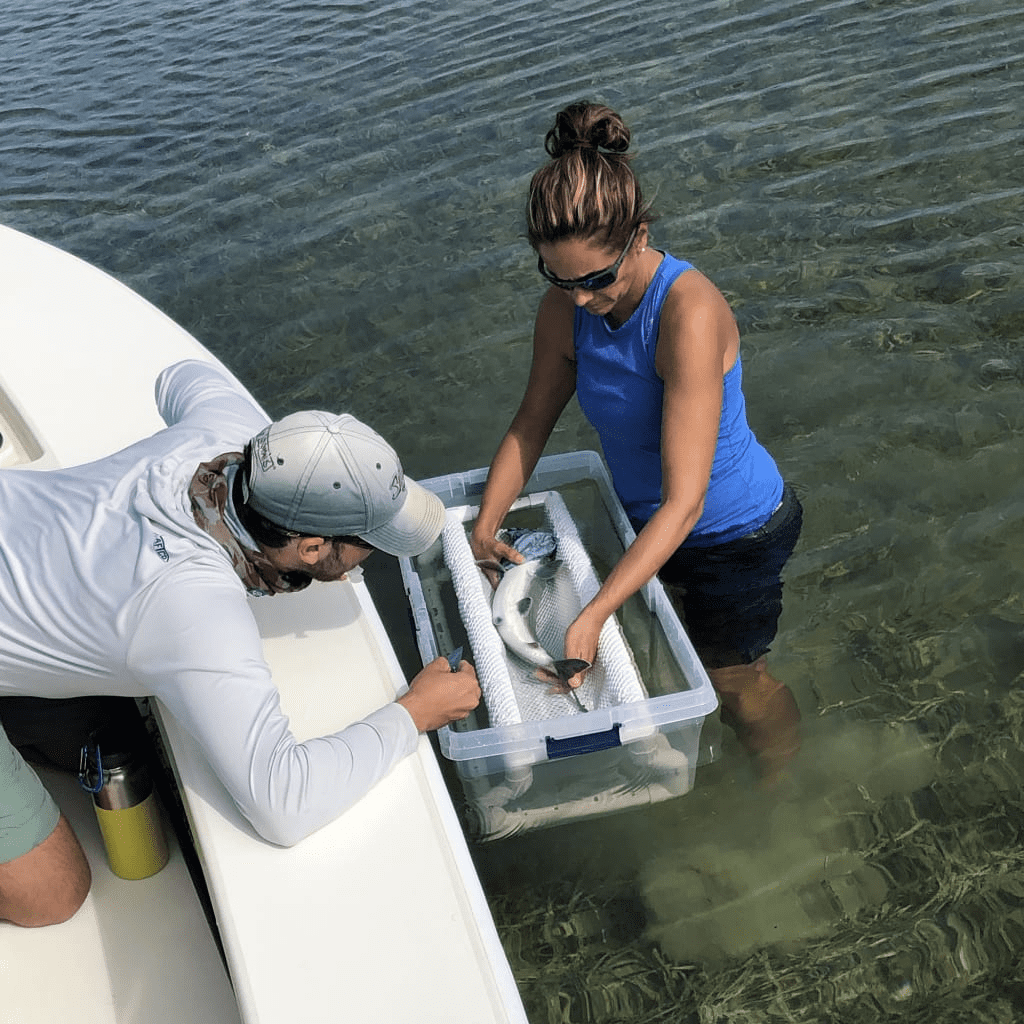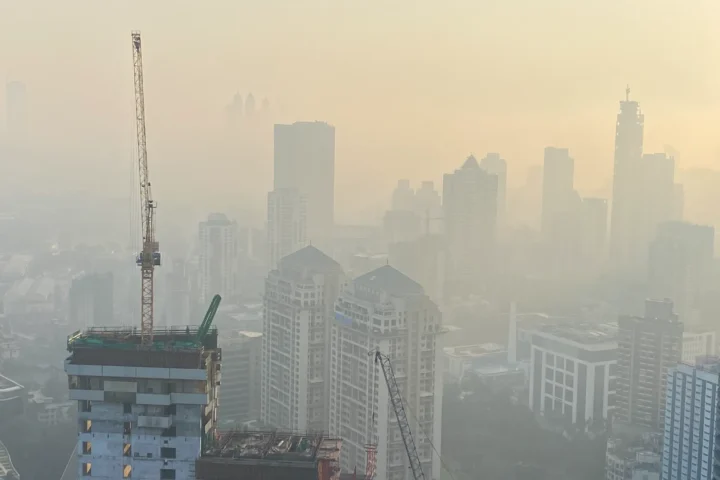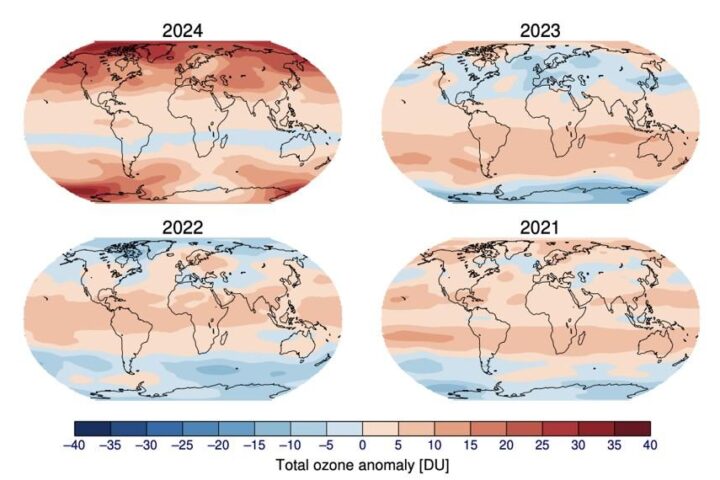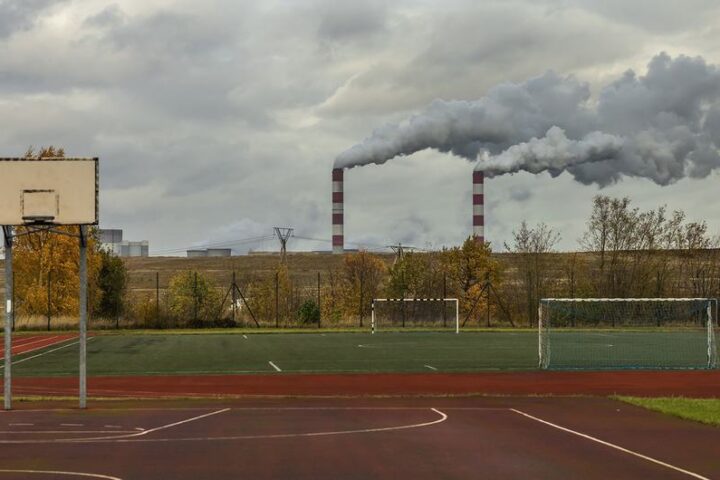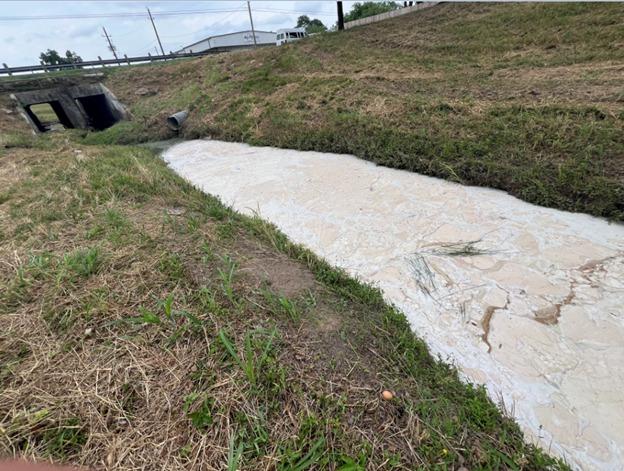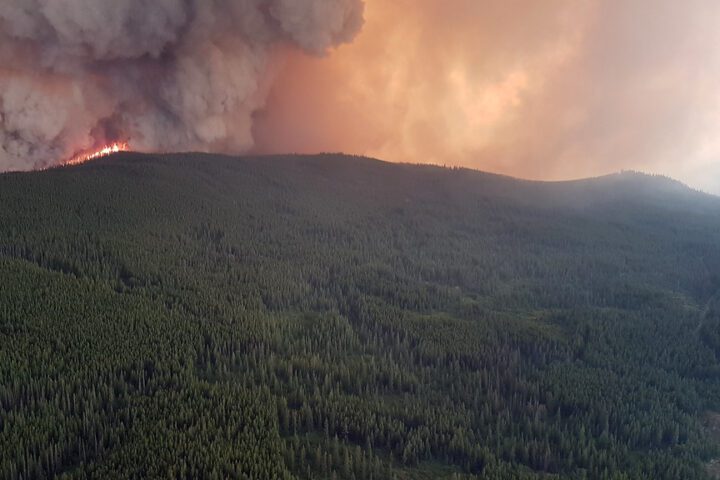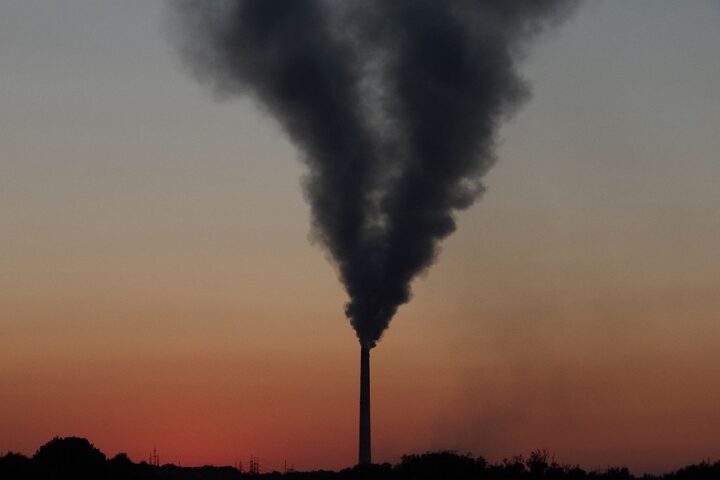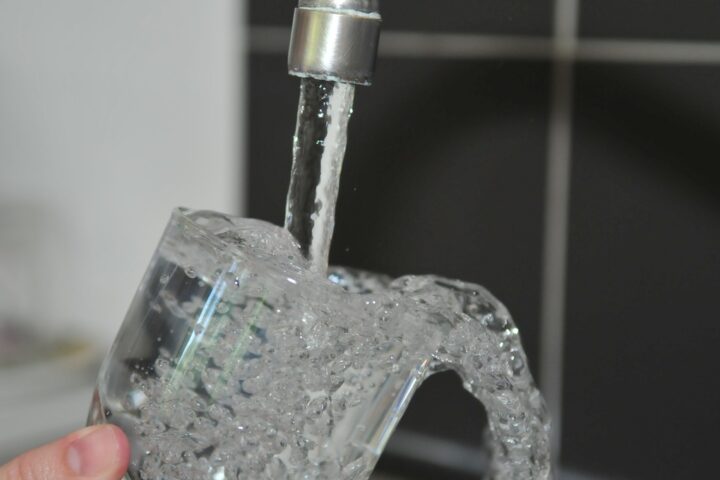According to an EPA survey, there are 9.2 million lead pipes in the US that need to be replaced to prevent lead contamination in drinking water. Exposure to lead from corroding pipes could cause damage to a child’s brain, nervous system and harm overall growth and development.
The bipartisan infrastructure law includes a $15 billion budget for the replacement of lead pipes, and an additional $3 billion is allocated for identification and replacement. The EPA’s survey on lead pipes reveals Florida having the highest number at 1.16 million. Industrialized states like Ohio, Michigan, and Pennsylvania also remain plagued by an extensive lead pipe problem.
The new survey will figure out how billions of dollars will be spent finding and replacing lead pipes in the states that require it the most. The Biden administration aims to remove all lead water pipes in the country. The $15 billion set aside for lead pipe work might not be enough to fix the problem.
The EPA will allocate an additional $800 million to address other contaminants like PFAS and $2.2 billion for crucial improvements to drinking water systems. PFAS are toxic chemicals that are widely spread in US waterways and have been linked to health problems like cancer.
- Mumbai GRAP-4: Govt Questioned As 59 Sites Get Notices And Mazgaon AQI Hits 300+ In Worsening Crisis
- Top Tips for Styling Your Australian Outback Hats This Season
- Harnessing the Power of Vitamins from Natural Sources
- Genesis GV60 Magma: 650 hp electric SUV beats BMW to market, charges 10-80% in 18 minutes
- Delhi Southern Ridge Gets 4,080-Hectare Shield After 31 Years As ‘Three Decades’ Delay Sparks Encroachment Concerns
The EPA’s survey also found that the country needs to spend $625 billion on drinking water infrastructure over the next two decades. States, US territories, and tribes will have $6.5 billion to upgrade drinking water infrastructure, with $6 billion coming from the bipartisan infrastructure law.

